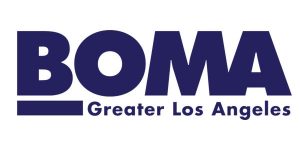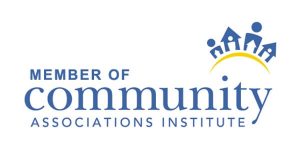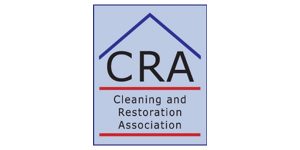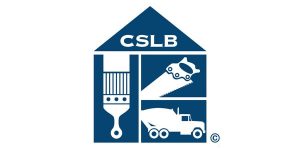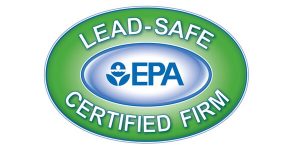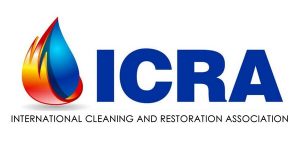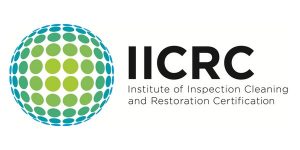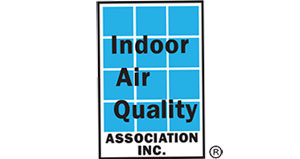
Water damage is a common and stressful occurrence for property owners. When faced with such a situation, time is of the essence. Immediate action can not only mitigate the extent of the damage but also result in significant cost savings. This white paper explains why starting your water damage restoration project right away can keep costs lower by maintaining water cleanliness as Category 1, thereby reducing the need for extensive demolition and allowing for advanced drying techniques to be utilized effectively.
Understanding Water Categories
Water damage is classified into three categories based on the level of contamination:
- Category 1 (Clean Water): This is water from a clean source like a broken water supply line or a leaking faucet. It poses minimal risk if addressed promptly.
- Category 2 (Gray Water): This water contains some level of contaminants and can cause illness or discomfort. It can come from sources like washing machine overflows or dishwashers.
- Category 3 (Black Water): Highly contaminated water that can cause serious health issues, typically from sewage or floodwaters.
When water damage is addressed immediately, the water remains in Category 1, significantly simplifying the restoration process and reducing costs.
The Cost Impact of Delayed Response
Delaying the start of a water damage restoration project can lead to the water category escalating from Category 1 to Category 2 or 3. This escalation can dramatically increase the cost and complexity of the restoration process due to:
- Increased Contamination: As water sits, it becomes contaminated by the materials it contacts, escalating its classification.
- Additional Demolition: Category 2 or 3 water often requires the removal and replacement of contaminated materials, such as drywall, carpeting, and insulation, driving up labor and material costs.
- Extended Drying Time: More contaminated water requires more extensive and time-consuming drying efforts, leading to higher equipment rental costs and extended labor hours.
Advanced Drying Techniques: Minimize Demolition and Maximize Savings
By starting the restoration process immediately while the water is still classified as Category 1, we can leverage advanced drying techniques and equipment to dry the structure in place, minimizing the need for demolition. The following technologies are key to this process:
- Injectidry Units: These systems force dry air into walls, ceilings, and floors, effectively drying them from within and reducing the need for tear-outs.
- ETES Thermal Exchange Units: By applying controlled heat, these units accelerate the drying process, reducing the time and cost of restoration.
- Floor Mats: Specialized floor mats extract moisture from hardwood floors, preserving the integrity of the flooring and avoiding costly replacements.
Example of Cost Savings
Let’s consider a typical scenario of water damage in a residential property:
- Scenario 1: Immediate Response
- Water Category: 1
- Demolition Required: Minimal (drywall and flooring dried in place)
- Drying Time: 3-7 days
- Estimated Cost: $2,000 – $4,000
- Scenario 2: Delayed Response
- Water Category: 2 or 3
- Demolition Required: Extensive (drywall, flooring, and insulation removed and replaced)
- Drying Time: 5-10 days
- Estimated Cost: $4,000 – $8,000 (+ additional repair time and costs)
In this example, immediate action results in savings of $2,000 to $4,000 for the emergency clean up plus thousands of dollars less in reconstruction costs with a faster return to normalcy for the property owner.
Conclusion
Time is critical when it comes to water damage restoration. Acting quickly to begin the restoration process while the water is still clean not only reduces health risks but also preserves the structural integrity of your property, ultimately leading to significant cost savings. By using advanced drying techniques and equipment, we can help you minimize disruption and restore your property efficiently and cost-effectively.

